Brand Partnership Marketing: Strategy, Types, and Tips
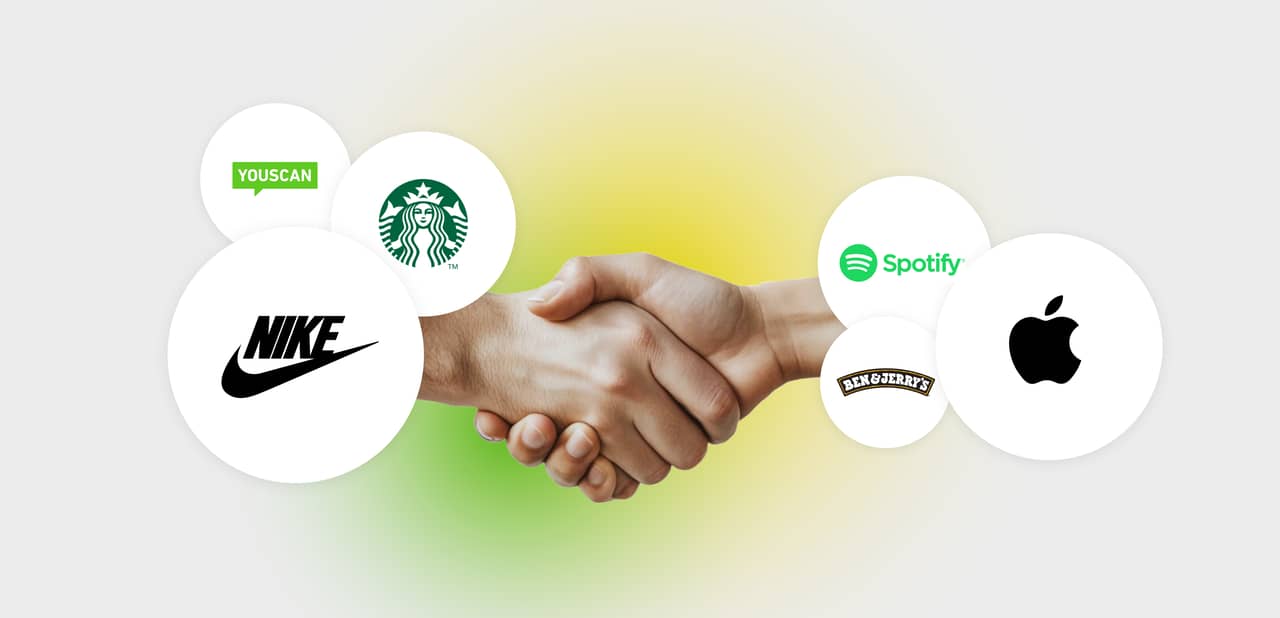
Brands can completely transform their market position overnight. Not through a massive ad spend or viral campaign, but through one smart marketing partner that can double their reach and triple their credibility. They don’t need huge budgets, just something valuable to offer their audience.
That's the real power of brand partnership marketing and co-branding – creating something mutually beneficial, bigger than what either brand could achieve alone.
In this guide, you'll discover exactly how to identify, structure, and execute marketing partnerships that drive real results.
What is brand partnership marketing?
Think of your brand partner as a business friendship that aligns with brand values, where everyone brings something valuable to the table – whether that's audience reach, expertise, a brand's products, brand recognition, or credibility.
These marketing partnerships go far beyond simple logo swaps or one-off promotional posts. The most effective brand partnerships create genuine value for customer engagement through collaborative efforts while achieving specific business objectives for each partner brand.
Spotify partners with brands like Starbucks – not just to play music in stores, but to create curated playlists that enhance the coffee experience while introducing Spotify users to new venues.


Source: Starbucks
Another excellent example is YouScan's partnership with Wantent, where the AI-powered social listening platform collaborated with the influencer marketing agency to provide deeper, broader audience insights for social media influencer marketing campaigns.
This partnership with a brand partner allowed Wantent to offer its clients more comprehensive creator vetting and campaign analysis. At the same time, YouScan gained access to social media influencer marketing expertise and use cases they hadn't fully explored before.
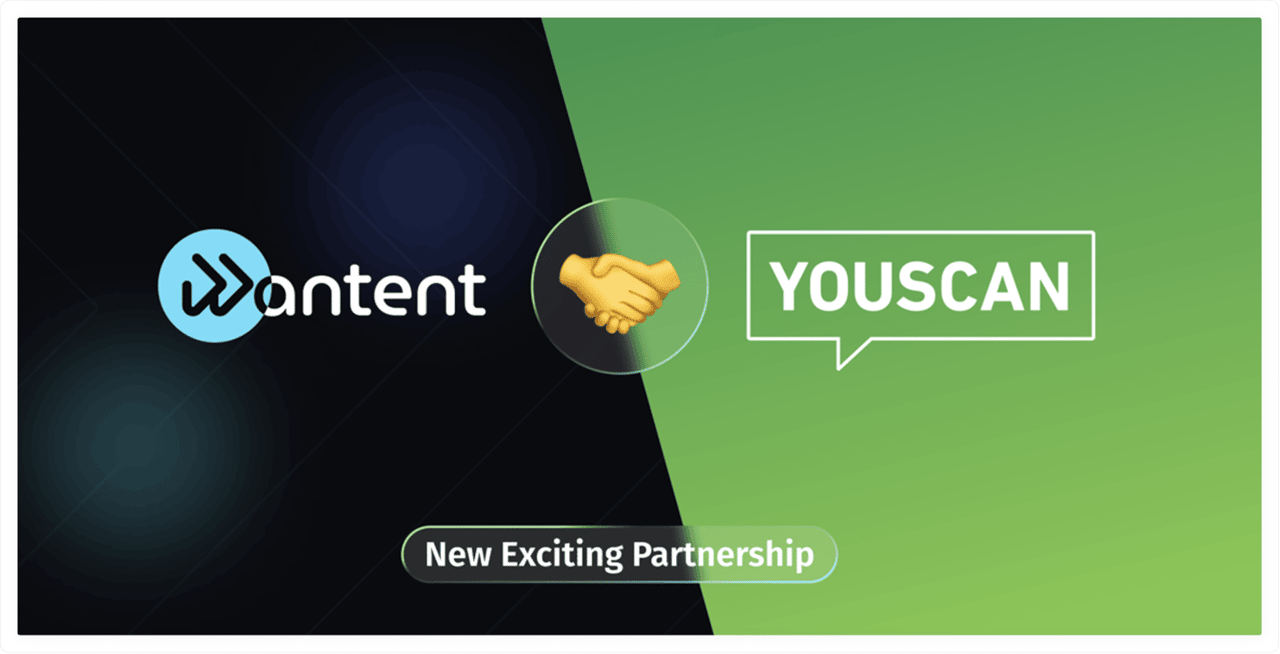

Source: YouScan
Why partnerships matter for brands
The marketing world has become incredibly noisy. Your audience gets bombarded with thousands of messages daily, making it harder than ever to cut through and build genuine connections. That's where partnerships become your secret weapon.
When you partner with another brand, you're not starting from zero. You're borrowing the trust, credibility, and relationships your partner has spent years building. Their audience already knows and likes them, which means they're much more likely to pay attention when that trusted brand introduces them to you.


Source: Instagram
Partnerships also make all the difference in solving one of the biggest challenges facing marketers today – rising customer acquisition costs. When you're splitting marketing budgets and costs with complementary brands while potentially doubling your reach, the math works in your favor. Instead of competing for the same advertising space and driving up costs, you're creating new pathways to customers.
Smart partnerships can also help you test new markets, product ideas, or messaging approaches without the full financial risk. If you're considering expanding into a new demographic or geographic area, partnering with a brand that already serves that market gives you valuable insights while minimizing your investment.
Key benefits of brand partnerships
The most obvious benefit of brand partnerships is expanded reach, but that's just the beginning. When you partner strategically, you're gaining exclusive access to audiences that are already primed to be interested in what you offer – not just random eyeballs.
Shared credibility and trust transfer becomes incredibly powerful. When a respected brand in your space vouches for you, its reputation becomes partially attached to yours. This is particularly valuable for newer brands or companies entering established markets where building trust takes time.
Cost efficiency makes partnerships attractive from a budget perspective. Instead of bearing the full cost of a marketing campaign, you're splitting expenses while potentially reaching more people than either brand could alone. This is especially valuable for small businesses with limited marketing budgets who need maximum impact from every dollar spent.
Resource sharing allows both brands to tap into capabilities they might not have internally. Maybe the right partner has exceptional video production skills while you excel at email marketing. Together, you are running campaigns that neither could execute as effectively alone.
Risk mitigation comes into play when testing new initiatives. Launching a new product line or entering a new market feels less risky when you have a potential partner sharing both the investment and the potential upside.
Customer loyalty increases because you're providing more value through the collaboration than either brand could deliver independently. When repeat customers see brands working together through things like loyalty programs to improve their experience, it reinforces positive feelings about both companies.
Types of brand partnerships to consider
Understanding different partnership structures helps you choose the right approach for your goals and resources. Each type serves different strategic purposes and works better in certain situations.
Co-marketing partnerships
Co-marketing involves two brands working together on marketing campaigns while maintaining separate products or services. This might include joint ventures like content creation, shared events, or collaborative marketing efforts where both brands are featured.
For example, a software company might partner with a consulting firm to create educational content about digital transformation. The software company provides technical expertise with emerging technologies, while the consulting firm contributes implementation insights.
Both brands benefit from the content partnership, and their audiences get more comprehensive information.
Co-branding partnerships
Co-branding takes the partnership deeper by creating actual products or services together. Both brand names appear on the final offering, and measurable success depends on both companies' reputations.
Think about how Ben & Jerry's partners with other brands to create limited-edition flavors, or how Nike collaborates with fashion designers for special collections. These co-branding partnerships create unique products that neither brand could make alone while appealing to both customer bases.


Source: Nike
Co-branding partnerships require more coordination and shared decision-making than other partnership types, but they can also create the strongest customer connections and improve brand equity, generating significant media attention when done well.
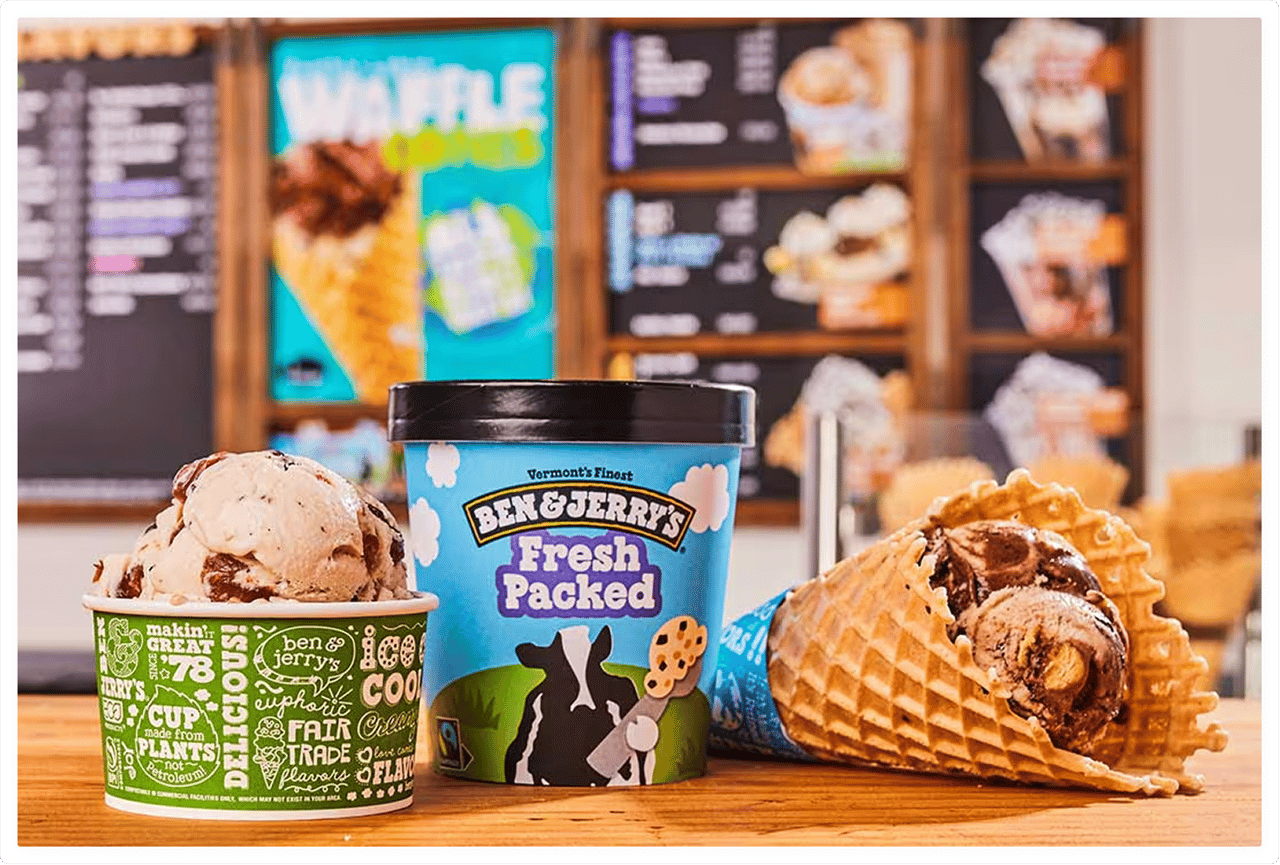

Source: Ben & Jerry's
Sponsorship partnerships
In sponsorship arrangements, one brand provides financial or resource support for another brand's event, content, or initiative in exchange for promotional benefits. This can range from event sponsorships to content series support.
Effective sponsorship partnerships go beyond simple logo placement to create meaningful connections between the sponsor and the sponsored brand's audience. The best sponsors become integral to the experience rather than just attached advertising.
For sponsorships to be effective, there needs to be clear alignment between the sponsor's values and the sponsored content or event. Audiences quickly recognize when sponsorships feel forced or inauthentic.
Distribution partnerships
Distribution partnerships involve brands helping each other reach customers through different channels. This might mean one brand selling another's products, cross-promotion through email lists, or sharing physical retail space.
A local coffee roaster might partner with a bookstore to sell coffee in-store while the bookstore recommends books to coffee shop customers. Both brands expand their reach without competing directly.
These partnerships work best when both brands can genuinely recommend their partner's offerings to their customers without creating conflicts of interest.


Source: Royal Cup coffee
Influencer partnerships
While often thought of as separate from brand partnerships, social media influencer collaborations are really partnership marketing at a different scale. The same principles apply – mutually beneficial value creation, authentic audience connection, and shared success metrics.
The most effective social media influencer partnerships go beyond one-off posts to create ongoing relationships where influencers become genuine advocates for the brand. This requires finding creators whose values and audience align naturally with your brand.
Working with micro influencers often provides better results than celebrity partnerships because their audiences are more engaged and trust their recommendations more deeply.
What makes a great partnership (and what kills it)
The difference between partnerships that drive real results and those that waste time and resources often comes down to a few critical factors that many brands overlook during the excitement of planning.
Shared values
When brands share similar principles and approaches to business, everything else becomes easier. Your teams work together more smoothly, your messaging feels consistent, and customers sense the authenticity.
It’s not uncommon for promising partnerships to fall apart because one brand prioritized speed while the other focused on quality, or because their approaches to customer service were completely different. These fundamental misalignments create friction in every interaction and ultimately damage both brands' reputations.
Matching audience
Audience compatibility matters more than audience overlap. You don't need identical customer bases – in fact, some of the best partnerships bring together complementary audiences. What you do need is audiences that would naturally be interested in what your partner offers.
Smooth cooperation
Clear communication and defined expectations prevent most partnership problems before they start. When both sides understand exactly what they're contributing, what they expect to receive, and how success will be measured, you avoid the misunderstandings that kill partnerships.
Creating value for both parties
Mutually beneficial value creation ensures long-term success. If only one brand benefits from the partnership, the other will eventually pull out. The best partnerships create value for both brands and their customers, making everyone want to continue and expand the relationship.
Just ask Nike and Apple. Nike teamed up with Apple, first with Nike+iPod and later with the Apple Watch Nike editions. The collab gave Nike tech credibility, Apple a strong entry into the fitness lifestyle, and customers seamless workout tracking that’s still going strong years later.
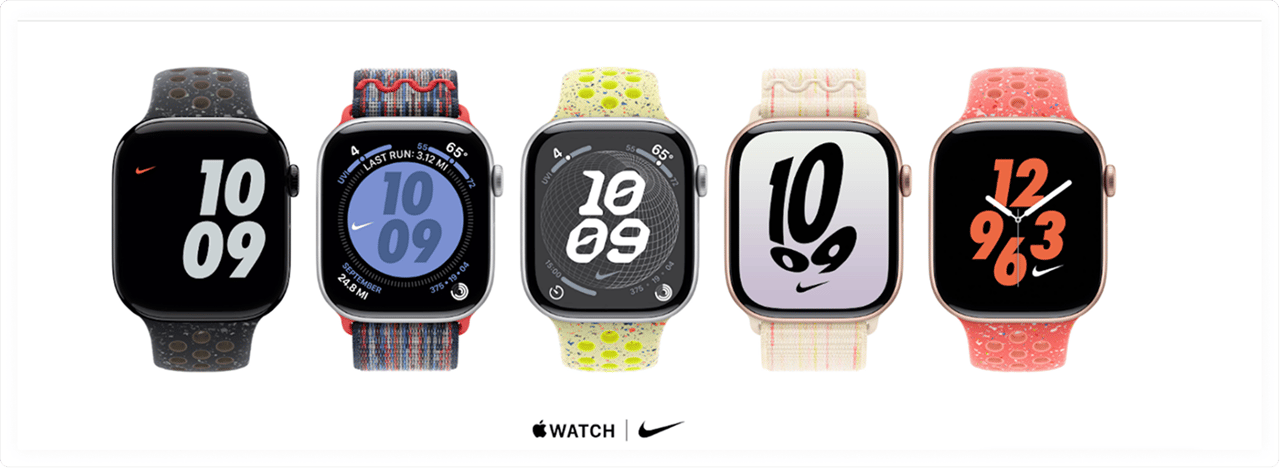

Source: Apple
Original storytelling
Authentic storytelling separates great partnerships from forgettable ones. When brands can explain why they're working together in a way that makes sense to customers, the partnership enhances both brands. When the connection feels forced or opportunistic, customers become skeptical of both companies.
Successful partnerships require patience and commitment to work through challenges. The brands that see the biggest results from partnerships are those that stick with relationships long enough to optimize and improve their collaboration over time.
How to structure your brand partnership strategy
Building a successful brand partnership strategy starts with brutal honesty about your current position and clear thinking about what you want to achieve. Skip this foundation work, and you'll waste time on partnerships that don't move your business forward.
Define your partnership objectives
Start by identifying specific goals that partnerships could help you reach faster or more efficiently than going alone. Are you trying to break into a new market and need to do market research? Reduce customer acquisition costs? Build credibility in your industry? Each objective might require different types of partners and partnership structures.
Your goals should be measurable and time-bound. Instead of "increase brand awareness," aim for "reach 50,000 new potential customers in the next six months through strategic partnerships." This specificity helps you identify the right partners and measure success accurately.
Consider both short-term wins and long-term relationship building. Some partnerships might deliver immediate results, while others build valuable relationships that pay off over the years.
Identify ideal partner profiles
Not every brand that seems compatible will make a good partner. Create detailed profiles of your ideal partners based on audience demographics, company values, business models, and partnership capacity.
Using social listening tools can help you identify brands that your target audience already engages with and trusts. This approach reveals natural partnership opportunities you might not have considered.
Look for brands that complement rather than compete with your offerings. The best partnerships often happen between companies that serve the same customers at different points in their journey or with different but related needs.
Develop partnership proposals
Once you've identified potential partners, create compelling proposals that focus on mutual benefit rather than what you want from them. Start by researching their current challenges, goals, and recent initiatives so you can position your partnership as a solution to their problems.
Your proposal should clearly outline what each brand contributes, what both brands gain, and how success will be measured. Include specific ideas for collaboration rather than vague suggestions about "working together."
Be prepared to start small and prove value before proposing larger commitments. Many successful long-term partnerships began with limited trials that demonstrated mutual benefit.
Plan partnership execution
Successful partnerships require project management discipline. Define roles and responsibilities for both teams, establish communication protocols, and create timelines with specific milestones and deliverables.
Brand health tracking becomes particularly important during partnerships because you need to monitor how the collaboration affects your brand perception among both your existing customers and your partner's audience.
Build in regular check-ins to assess progress, address challenges, and identify opportunities to expand or improve the partnership. The most valuable partnerships evolve based on what you learn together.
Want help developing a partnership strategy that actually drives results? Our team offers brand partnership audits where we analyze your current position, identify high-potential partners, and create a roadmap for building strategic relationships that grow your business.
Measure success and adapt
Measuring partnership success requires looking beyond surface-level metrics to understand real business impact. Many brands get distracted by vanity metrics that don't translate to meaningful results or increase sales.
Revenue attribution remains the most important metric for most partnerships, but it's not always straightforward. Partners often influence customers who convert later through different channels, making direct attribution challenging. Use brand analysis, tracking codes, custom landing pages, and customer surveys to better understand the partnership's role in driving sales.
Audience growth and engagement metrics help you understand how well the partnership resonates with new potential customers. Track follower growth, email signups, website traffic, and engagement rates during and after partnership campaigns.
Brand sentiment analysis becomes particularly valuable during partnerships because you need to ensure the collaboration enhances rather than damages your brand reputation among both existing customers and new audiences you're trying to reach.
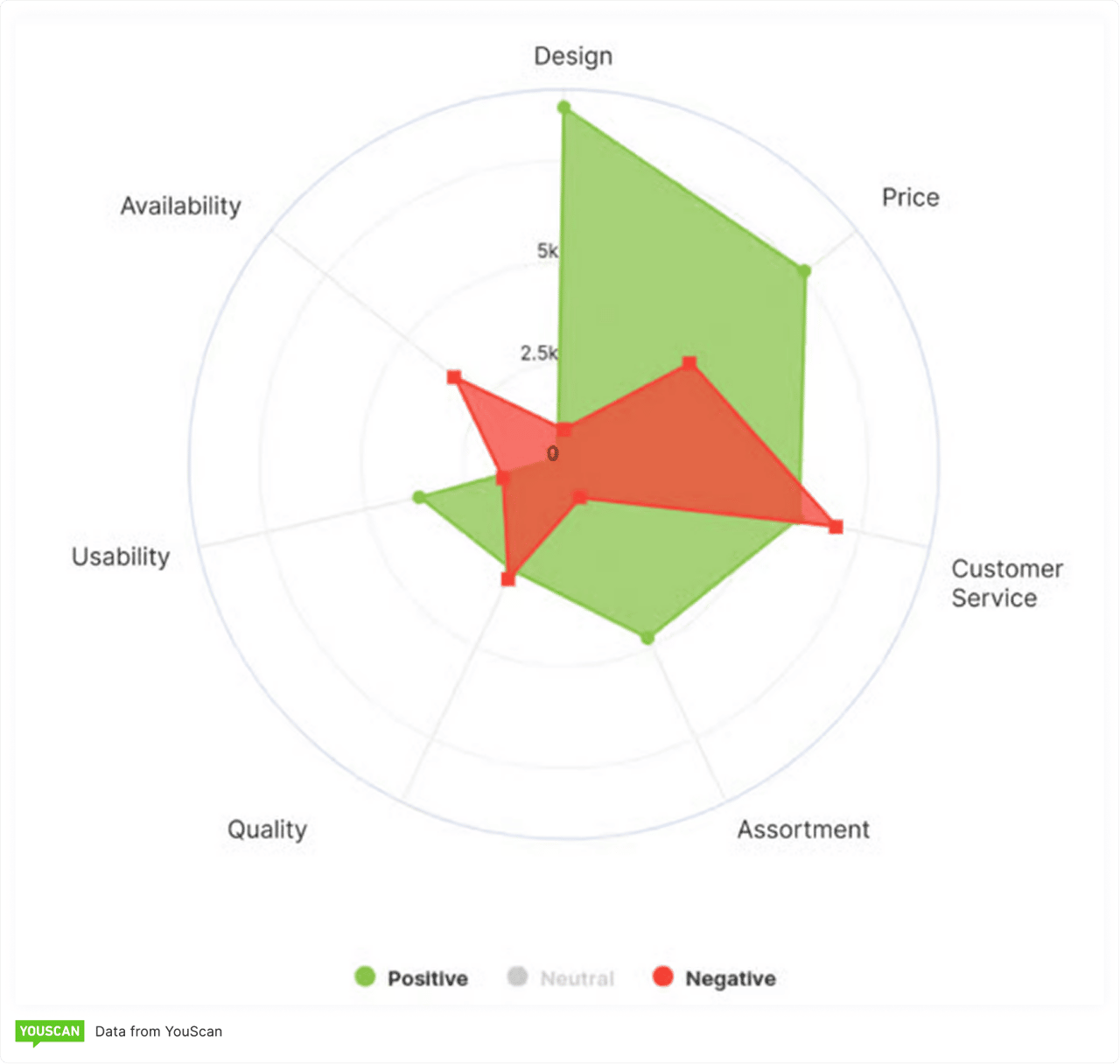

Source: YouScan
Adapt based on performance
The most successful brands treat partnerships as ongoing experiments that require constant optimization. When metrics show certain aspects of the partnership working better than others, double down on what's effective and modify what isn't delivering results.
Regular performance reviews with your partner help identify opportunities for improvement and expansion. Sometimes, small tweaks to messaging, timing, or target audience can dramatically improve results.
Don't be afraid to end partnerships that aren't delivering value despite good-faith efforts to optimize. Resources spent on underperforming partnerships could be better invested in new opportunities or expanding successful relationships.
Final thoughts on making partnerships work
The brands seeing the biggest returns from partnership marketing aren't necessarily the ones with the biggest budgets or the most connections. They're the ones that approach partnerships strategically, focusing on long-term relationship building rather than quick wins.
Market research and competitive analysis can help you identify partnership opportunities your competitors haven't discovered yet, giving you first-mover advantages in valuable relationships.
Ready to build partnerships that drive real results? Get your free demo and discover high-potential collaboration opportunities tailored to your business goals.
FAQs
What is brand partnership marketing?
Brand partnership marketing is a strategic collaboration between two or more brands working together to achieve shared marketing goals, increased brand awareness, and business growth. Unlike traditional advertising, these partnerships leverage existing trust and relationships to reach new audiences while creating genuine value for customers through combined expertise, resources, or products.
What are the 4 types of partnerships?
The four main types of brand partnerships are: co-marketing (collaborative campaigns while maintaining separate offerings), co-branding (creating joint ventures, products, or services with complementary brands), sponsorship partnerships (financial or resource support in exchange for promotional benefits), and distribution partnerships (helping each other reach customers through different channels).
How much do brand partnerships pay?
Brand partnership compensation varies widely based on partnership type, brand size, and objectives. Some partnerships involve no direct payment but shared costs and revenues. Others might include flat fees, revenue sharing, or performance-based payments. Successful partnerships focus on mutual value creation rather than just monetary exchange, often providing benefits like expanded reach, better brand image, reduced marketing costs, and enhanced credibility that exceed direct financial payments.
What is an example of a successful brand partnership?
Spotify and Starbucks created a highly successful partnership where Spotify provides curated playlists for Starbucks locations, while Starbucks customers can influence store music through the Starbucks app. This collaboration enhances the coffee experience for customers while exposing Spotify users to Starbucks locations, creating authentic value for both brands and their audiences rather than just promotional content.

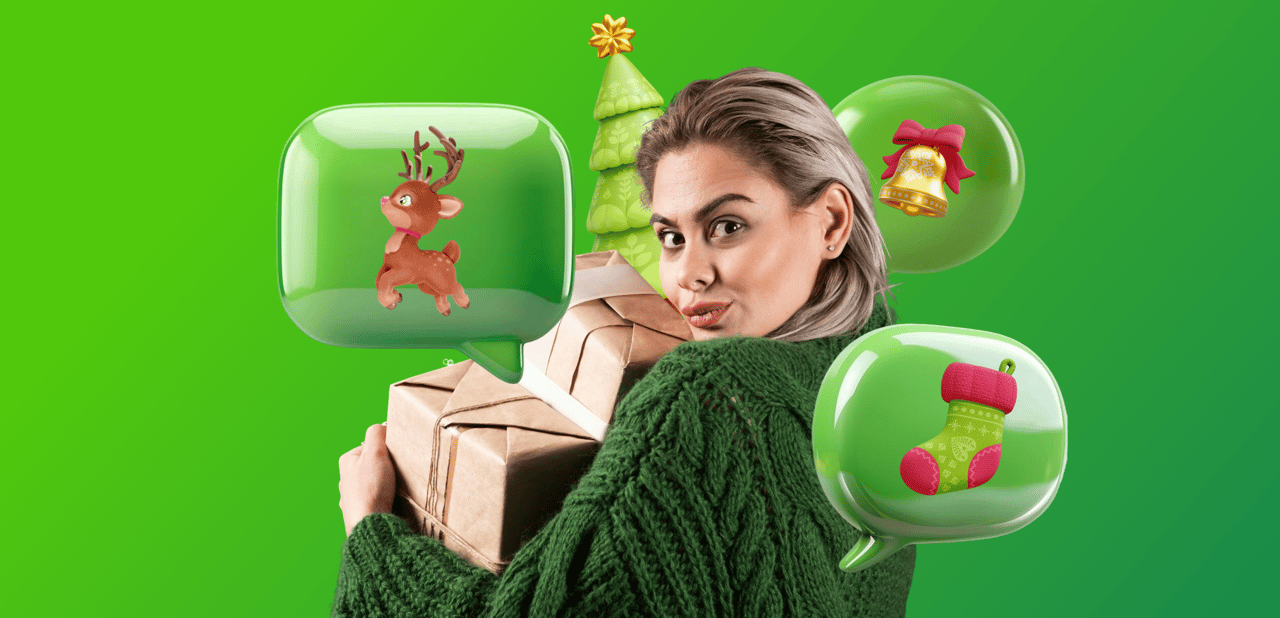
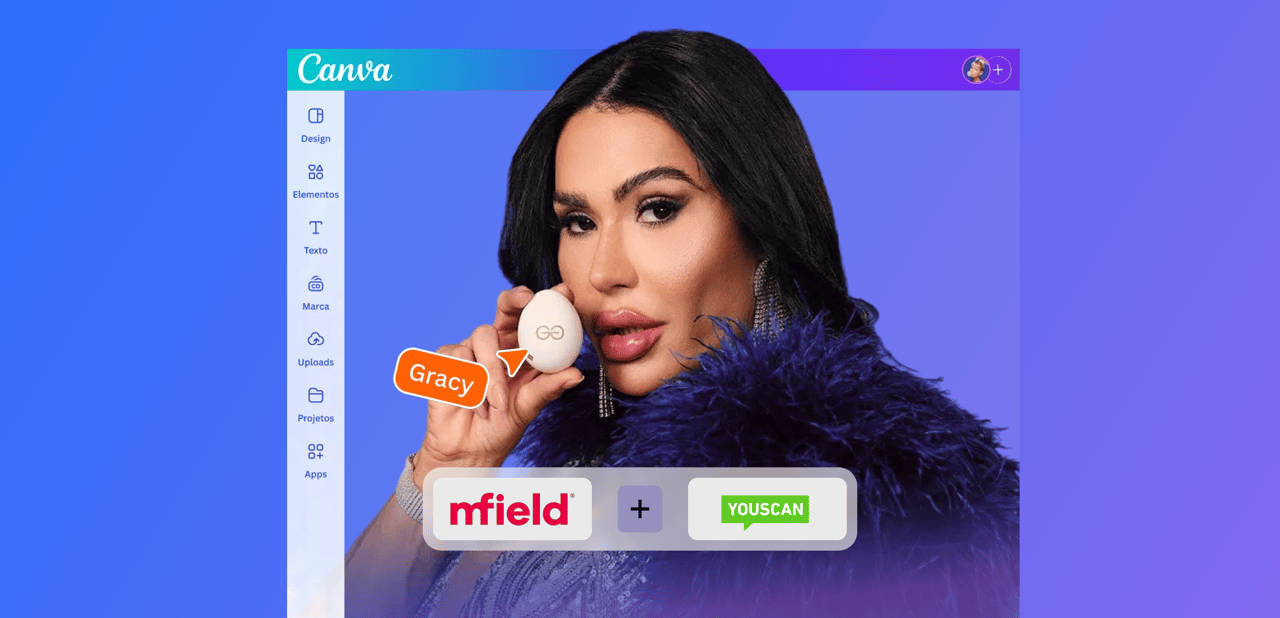
.png)